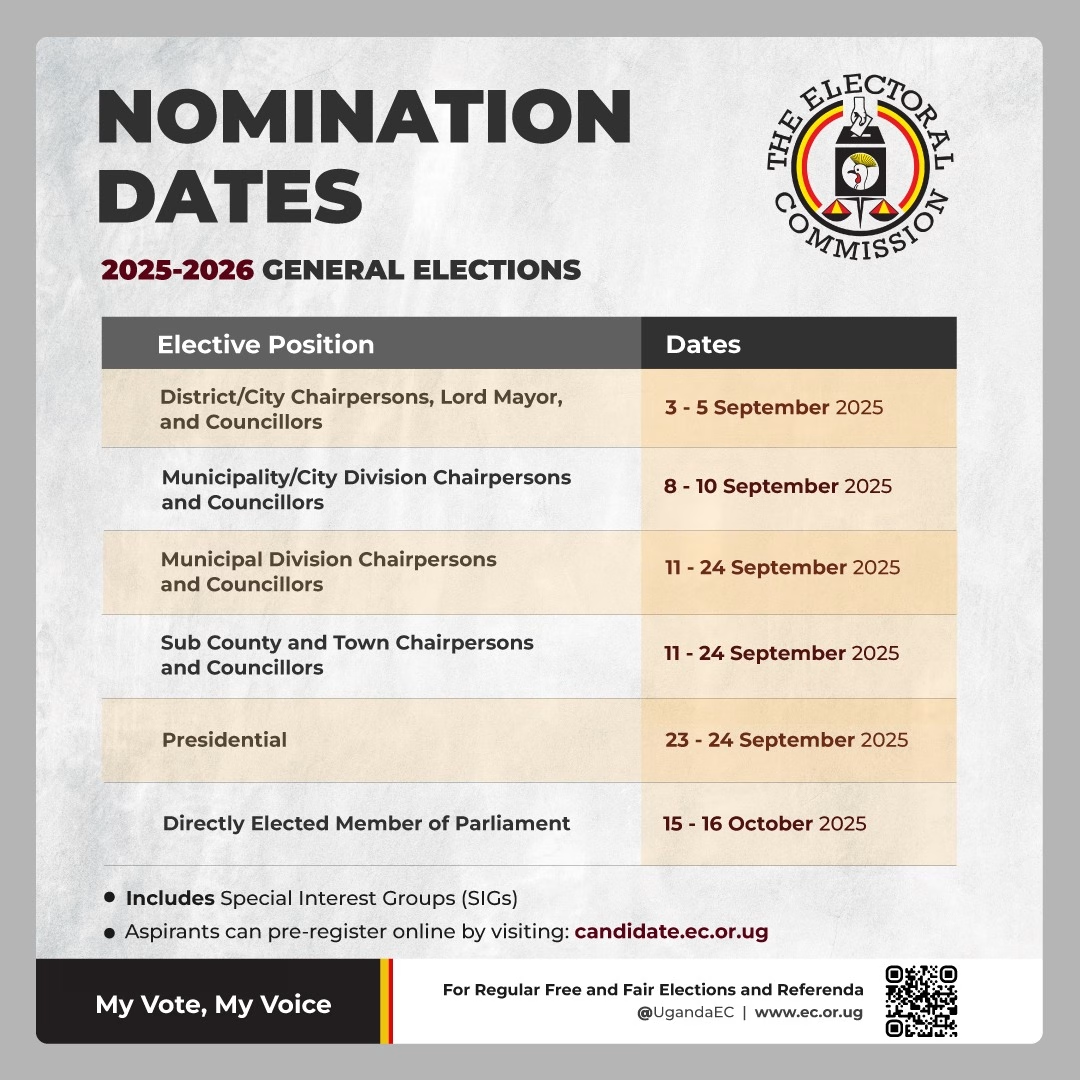Bulgarian military
Russian experts announced the development of the FPV drone Doomsday, designed to monitor radiation levels and ensure personnel safety in the event of nuclear strikes. This information was shared by Dmitry Kuzyakin, director general of the Center for Integrated Unmanned Solutions [CCBR], in a report to TASS.
“I firmly believe that rationality will prevail, and the world will avoid the use of nuclear weapons, rendering our Doomsday drone unnecessary. The Khrust project, which includes the Doomsday drone, was developed by specialists at the Central Design Bureau to monitor radiation levels and ensure personnel safety,” Kuzyakin explained.
He described it as a compact drone that can be conveniently stored with other ground equipment. “FPV drones are known for their agility and speed, and with the right piloting skills, they can navigate through buildings or industrial structures for reconnaissance, inspecting every corner. In this scenario, the drone carries either a sensor for toxic substances or a dosimeter, alerting the pilot when radiation levels exceed safe limits,” added Kuzyakin, speaking on behalf of the Central Committee on Biology.

The Doomsday drone has a flight time of up to 20 minutes while actively maneuvering. Its operating range varies based on terrain and signal transmission conditions, extending from 500 meters in heavily contaminated areas to 2 kilometers in less contaminated regions.
According to Kuzyakin, it takes just 30 seconds to prepare the drone for launch once the order is given. The system can operate from armored, pressurized vehicles even while on the move. Several usage scenarios have been developed, including checking contamination levels along routes following a nuclear strike and analyzing damage in cities and on the ground.
Kuzyakin also noted some nuances in the device’s operation. “There are specific challenges when operating from enclosed vehicles, especially in motion. The FPV pilot needs to have a basic understanding of the terrain and reconnaissance areas. Technically, it’s not enough to just attach a sensor to the drone. Methodological scenarios are necessary—even if specialists are given the equipment and instructions on its use, there will still be questions about the best practices in real environments,” clarified the Central Committee on Biology and Natural Resources.

RCBZ reconnaissance drones
Kuzyakin highlighted that while existing unmanned systems for radiation, chemical, and biological intelligence have their limitations, they do serve an essential role. “In an emergency, teams are dispatched to map hazardous areas. They physically survey the terrain, measuring air and soil contamination levels or checking for radiation. While there are specialized RCB [reconnaissance, chemical, and biological] reconnaissance drones available, they tend to be costly and challenging to deploy quickly, particularly when a convoy commander needs to decide on a safe route,” he explained.
Additionally, Kuzyakin discussed the potential uses of combat FPV systems, which are currently employed as precision weapons, in diverse scenarios. “The Central Design Bureau has developed over 20 distinct application scenarios so far. These include urban assault operations, anti-terrorist activities within buildings, and tasks executed from armored vehicles. We’re just beginning to uncover the various possibilities of FPV technology. Tasks that once posed significant risks to human life, or were deemed impossible, are now becoming manageable with FPV systems. This marks the beginning of an exciting new chapter for the Central Design Bureau in the realm of FPV combat,” Kuzyakin stated.


